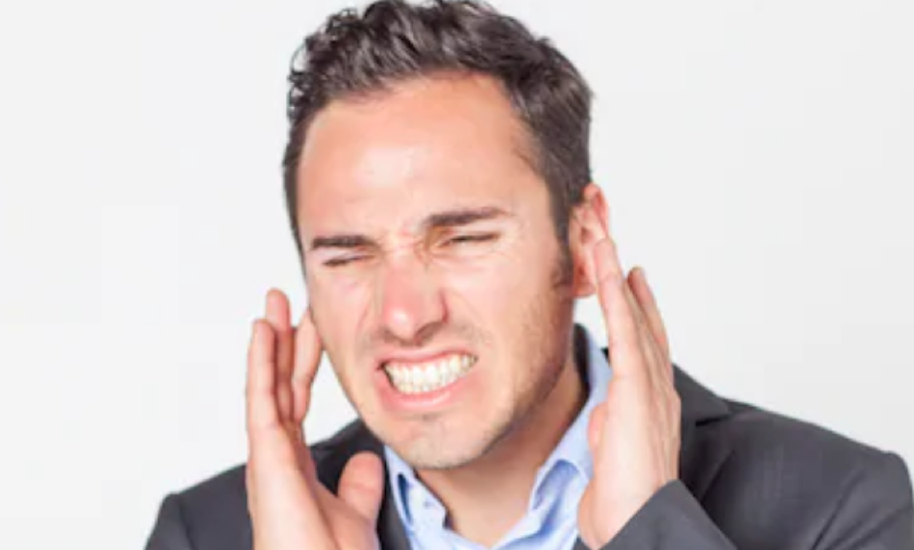-
 Find in Members
Find in Members Find in Videos
Find in Videos Find in Channels
Find in Channels
This website uses cookies to ensure you get the best experience on our website.
To learn more about our privacy policy Click herePrivacy Preference
-
- Last updated March 3, 2022 0 comments, 175 views, 0 likes
More from Attunehearing Attunehearing
More in Politics
Related Blogs
What is otosclerosis, and how is it treated?
Body
Otosclerosis is a progressive disease of the middle ear. It causes hearing loss and sometimes tinnitus if not appropriately treated. The causes of otosclerosis are unknown, but it can affect all age groups, including children. Otosclerosis's risk factors include family history, exposure to loud noises, and head injury.

With early diagnosis and treatment, the condition can be prevented from turning into a hearing loss crisis where the symptoms are irreversible or untreatable. However, some medicines, such as surgery, may not successfully treat the condition depending on its severity.
Hearing loss can be caused by the accumulation of calcium in the middle ear, which exerts pressure and damages the inner ear. But in some cases, it is possible to correct hearing loss by removing a tiny piece of bone from the middle ear.
Otosclerosis usually affects both ears at about the same time. And when one ear is involved, the hearing may be reduced in both ears due to changes in sound conduction through the head and neck area. Hearing loss develops slowly over months or years, but no symptoms are seen until damage has already been done.
Currently, otosclerosis has no effective drug treatment, although there is hope that continued bone-remodelling research could identify potential new therapies. However, hearing aids can treat mild otosclerosis; this may be enough to make speech perception easier. At present, there is no way to correct the disease. In moderate and severe cases, a surgical procedure called stapes surgery may be required an operation known as ossiculoplasty (ossicle plastic surgery). A small incision is made behind and inside the middle ear. The incus (one of the three smallest bones in the middle ear) and the stapes bone are removed and replaced with bone from another part of the patient's body or tissue donated by a deceased person.
Attune Hearing provides medical hearing services, including hearing tests. If you suspect hearing loss, get in touch to book an appointment or visit their website for more details.








Comments